Incline Bench Press – How to Build Muscle Mass and Superhuman Strength
This complete guide will teach you everything you need to know about the Incline Bench Press.
What is the Barbell Incline Bench Press?
The Incline Bench Press is a pushing, barbell compound variation of the Flat Bench Press.
The bench is positioned at an incline to alter the bar path, body posture of the lifter and stimulus of the load.
- What is the Barbell Incline Bench Press?
- What Muscles Does the Incline Bench Press Work?
- What are the Benefits of the Incline Bench Press?
- Technique – How to Do the Incline Bench Press
- Training Tips
- How to Program the Incline Bench Press
- Should I Do the Incline Bench Press?
- Incline Bench Press Variations
- Incline Bench Press Alternatives
- Flat Bench Press vs Incline Bench Press – Which is Better?
- Frequently Asked Questions
- Learn More
What Muscles Does the Incline Bench Press Work?
The exercise works the upper body, but differs from the Flat Bench Press in that it places more emphasis on the upper chest fibres and shoulders.
Pectorals
The increased angle (normally between 15-45 degrees) of the bench and body requires the upper chest muscles to work harder.
Front Deltoids (Anterior)
In a similar fashion, the front delts are also recruited to a greater degree with the Incline Bench Press in comparison with the regular version.
The higher that athlete positions themselves into a more vertical pressing plane, the harder the front delts have to work. The more vertical you make the bench, the greater the stimulus for the front delts.
Triceps
As with any Bench or Overhead Pressing movement, the triceps help to lock out the weight overhead, or at the finishing point of the lift.
Once you understand this, you can use the Flat Bench, Seated Overhead Press and all angles of the Incline Bench Press to test, challenge and improve lockout ability and triceps strength in many different ways.
What are the Benefits of the Incline Bench Press?
This effective exercise has many benefits.
Build Muscle
The movement can be loaded up heavy and used as a great tool to stimulate hypertrophy of the chest, arms and upper body in general.
If building more muscle mass is a goal of yours then add this exercise into your training.
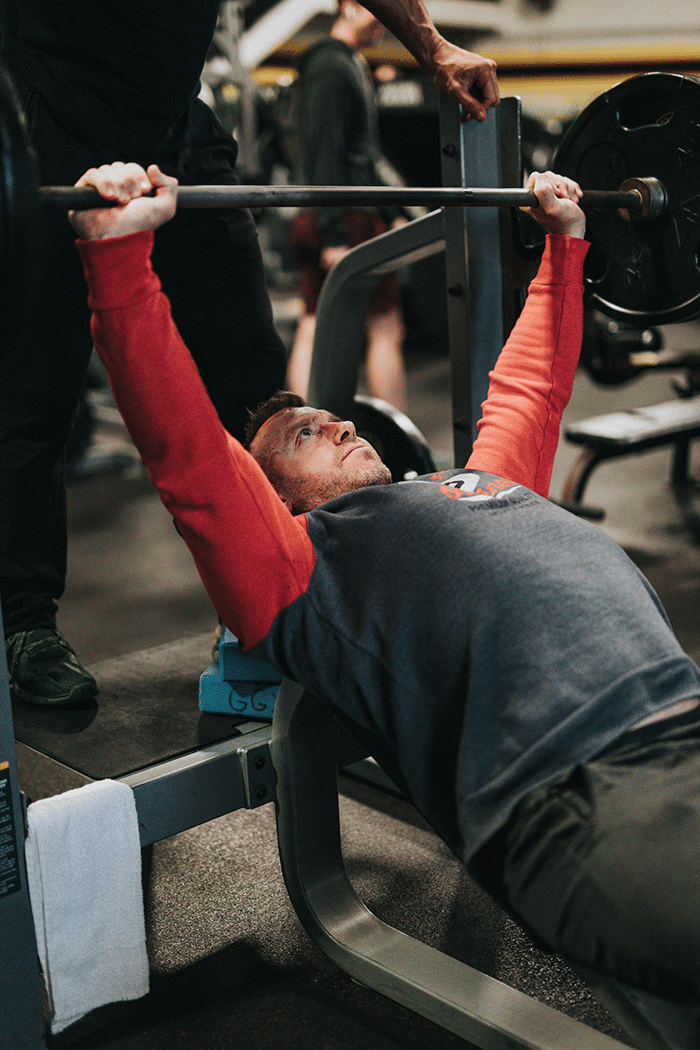
Enhance Upper Body Strength
All barbell compound exercises, when performed and programmed correctly, are great ways to build strength. The incline Bench Press is no exception.
The point of balance, centre of gravity and bar path are all different from the traditional Bench Press.
This works to stimulate and augment your upper body pressing strength in new ways.
If you can press effectively through each of the decline, flat, incline and vertical ranges of motion then you will be a better and stronger athlete in general.
Isolate the Chest
If you are struggling to strengthen and grow your upper chest then the Incline Bench Press is a great place to start.
It will develop the muscle fibres of the upper chest due to the increased pressing angle.
Technique – How to Do the Incline Bench Press
Use these instructions to perform the exercise with correct technique.
- Set the bench to a 45-degree angle
- Load the bar then lay on the bench. Plant the feet into the ground and create a stable base
- Grip the barbell slightly wider than shoulder width apart
- Inhale and brace the core, grip and glutes
- Un-rack the bar and balance the weight
- Retract the shoulder blades and slowly pull the barbell down towards your chest. Stretch the pecs and keep the shoulders in contact with the bench.
- Lower and pause at the bottom
- Press the weight back up to the starting position. Keep the elbows inwards towards the body
- Exhale at the top
- Repeat for the desired number of reps
Training Tips
Press your knees outwards as this will help to activate the lower body (especially the glutes and quads) and generate power for the lift.
Imagine growing roots with your feet in order to keep them strong, stable and flat on the ground. Without moving them, you can also twist your legs outwards. That will further help to increase activation from the lower body.
Lower the bar until the forearms are perpendicular to the ground at the lowest point of the range of motion.
Use the knurling and the rings (the textured surface of the barbell and the smooth metal rings) to find the best grip for you. Whether you place your index, ring or little finger on the rings, make sure to complete each set with the same grip.
Control the bar at all times. Don’t let it fall down to your chest. Lift with purpose and focus at all times.
How to Program the Incline Bench Press
If you have a specific training goal (which we would recommend) then you can adjust your programming to maximise your chances of success.
For Strength
Go for 3 – 4 sets of 3 – 6 reps. Rest for up to 4 minutes between sets so that you feel fresh and strong before each lift.
For Muscle (Hypertrophy)
Complete 3 – 5 sets of 8 – 12 reps. Rest for 30 – 45 seconds between sets.
For Muscular Endurance
Aim for 2 – 4 sets of 15 – 20 reps with a lighter weight. Rest for 30 seconds or less between sets.
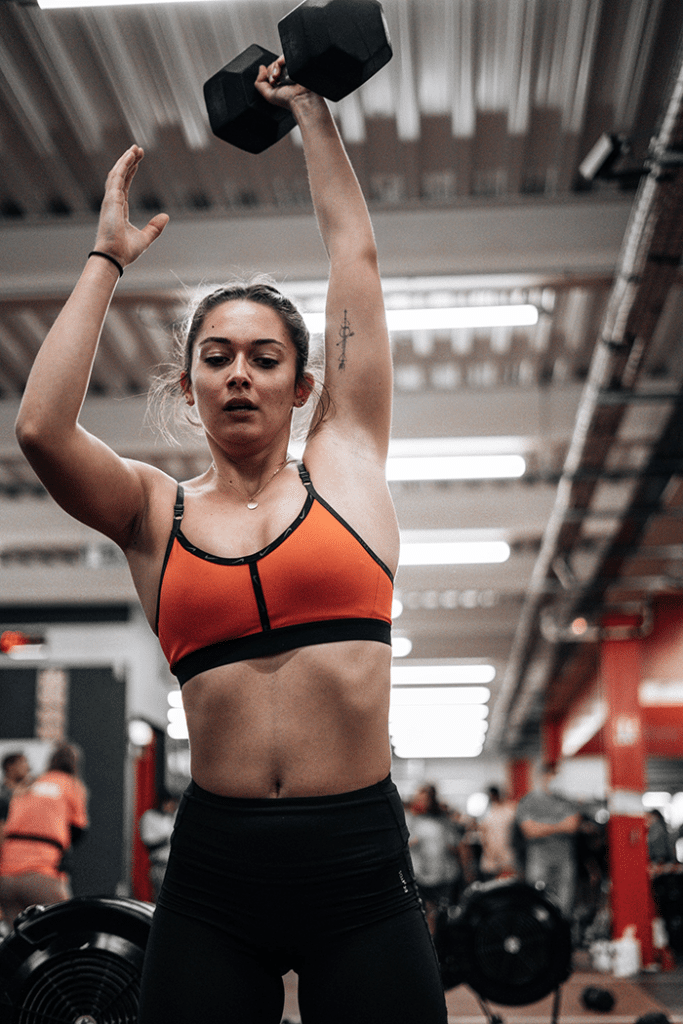
Should I Do the Incline Bench Press?
The Incline Bench Press is a versatile and effective exercise, suitable and useful for improving performance in many different ways.
For Bodybuilders
A staple of many chest or pressing day sessions in the gym, the exercise is a great way to develop upper chest hypertrophy. This makes it perfect for bodybuilders.
For Functional Fitness Athletes
It is not a common movement in many functional fitness workouts. However, as an accessory movement it will help to enhance upper body strength and pressing power.
It will help to some degree for other overhead (Push Presses, Jerks) and inverted exercises (Handstand Pushups) as well.
Can you press from behind the neck?
For Strength Athletes and Powerlifters
The Incline Bench Press is a great way to work on the middle ground between flat and vertical pressing.
It will also challenge the upper pecs, shoulders and triceps in new ways.
Incline Bench Press Variations
If you want to switch up the stimulus then add these variations into your training.
They will give you very similar benefits.
Kettlebell Incline Press
This is an excellent movement to shift the centre of gravity and test your stability and control.
You can add it in as a finisher to hit the smaller stabiliser muscles in your core and trunk.
Incline Barbell Press with Bands or Chains
These variations will add difficulty and alternative stimuli into your training.
Both of these extra implementations will change the stress and resistance at different points during the range of motion. This is a great way to test yourself for weaknesses and imbalances.
Incline Dumbbell Bench Press
This is very similar to the barbell variation however and is also effective from a hypertrophy standpoint.
This is an advisable alternative if you experience any pain or discomfort from the barbell version.
It is easier to angle the range of motion to suit your physiology. You can switch the angle of the wrists, elbows and hands to find the most comfortable style for your body.
Additionally, this exercise is, like the above entry, a prodigious way to identify sticking points and imbalances in your strength.
Single-Arm Incline Dumbbell Bench Press
This movement forces your body to stabilise itself to a greater degree during the lift.
The athlete has to control each dumbbell individually and resist any rotation of the spine.
This variation can be a useful tool to further develop the mind muscle connection as well.
Incline Bench Press Alternatives
Use the following to replace the incline pressing movement in your training.
They all still target many of the same muscle groups.
Incline Close Grip Dumbbell Bench Press
This exercise differs to the version above because it changes the movement to place more emphasis on the chest and triceps.
The dumbbells are squeezed together with the palms facing each other in a neutral grip. This allows the elbows to be kept closer to the body and results in a great triceps and chest pump.
Great for hypertrophy and the mind muscle connection.
Barbell Bench Press
Often the most popular exercise for training chest, and a staple for Powerlifting, the flat bench variation is an important lift.
Most strength-based programs will include this movement in some capacity.
Seated Shoulder Press
The seated variation means that there is no help whatsoever from the legs and glutes. This forces all concentration on raw strength and good technique.
It does primarily target the shoulders, however, move the bench one notch down from vertical and you will feel the increased involvement of the upper chest and tris.
Flat Bench Press vs Incline Bench Press – Which is Better?
The Flat Bench Press and Incline Bench Press both work very similar muscle groups, however they cause them to fire in different ways.
| Muscle | Incline Barbell Bench Press | Barbell Bench Press |
|---|---|---|
| Pectoralis major | yes | yes |
| Anterior deltoid | yes | yes |
| Triceps brachii | yes | yes |
The Incline Bench Press places more emphasis on the upper pecs.
The Flat Bench Press more equally distributes the stress across the entire pec area.
The latter can be less brutal on the elbows and wrists as well.
Dorian Yates, a professional bodybuilder and 6x Mr Olympia, said: “I don’t even include flat benching in my pec routine because I think it stresses the front deltoids far too much to be an effective exercise for building the chest. Also, the angle of the flat bench press puts the pec tendons in a vulnerable position. Most shoulder injuries and overuse injuries can be stemmed from flat benching. Many torn pecs in bodybuilding have been the result of heavy flat bench presses.”
Frequently Asked Questions
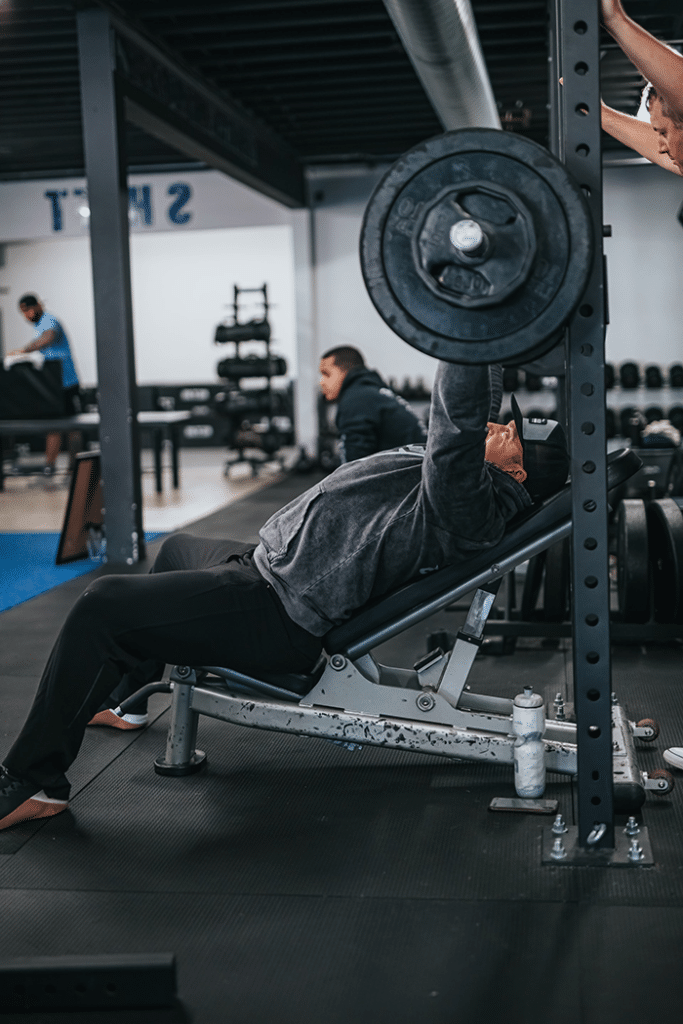
Got more questions about the exercise? Scroll down to find the answers.
Should I Start or End my Chest Workout with the Incline Press?
If you are using the exercise to train for raw strength, include them at the beginning because they are a compound exercise and you can hit it hard with minimum fatigue.
For hypertrophy, they can also be included near the beginning of the workout as they will also fatigue the central nervous system as well as the muscle groups.
If you are using the exercise for muscular endurance then they can be programmed later, with lighter weights, and used to completely fatigue the upper body.
How do I Progress my Incline Press?
Intelligently and patiently lift progressively heavier weights over time, according to the right programming and good technique, whilst simultaneously allowing your body time to rest, heal and adapt properly. Always fuel yourself with excellent nutrition.
Why is Incline Bench Press Harder?
The movement is harder than the Flat Bench because the angle reduces the amount of the pec muscles that can be recruited to complete the lift.
The incline places more pressure on the upper pecs and shoulders.
Can I do the Incline Press as my Main Chest Exercise?
Yes of course. As Dorian Yates explained above, this is totally acceptable and even beneficial for some lifters.
As a powerlifter the Flat Bench lift is essential, but not for everyone else.
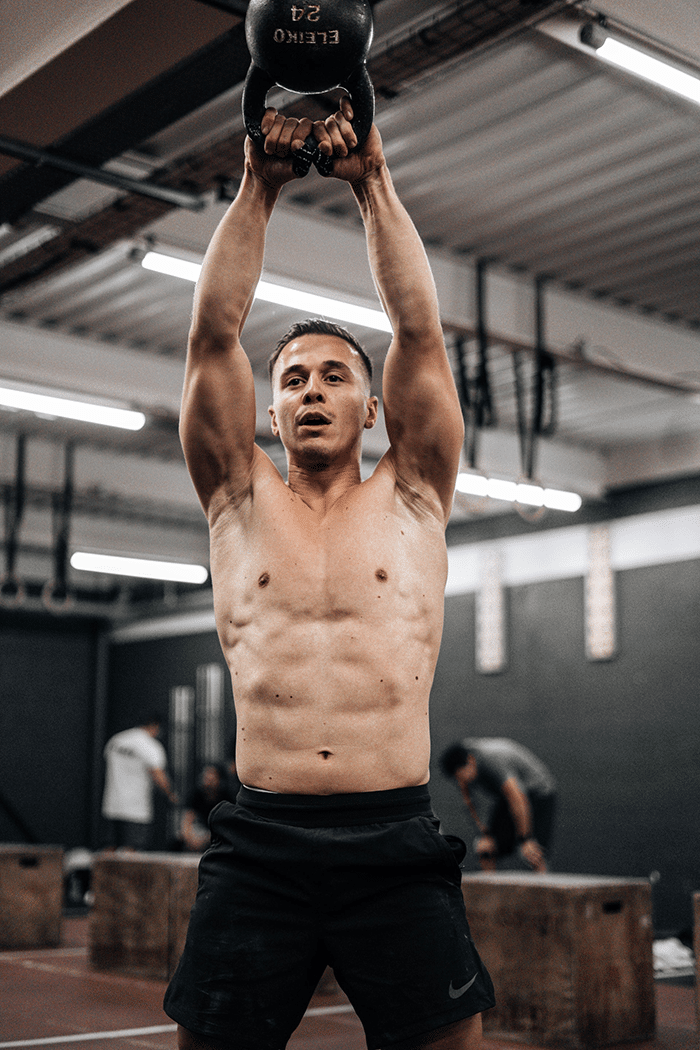
Should I Touch my Chest on Incline Press?
Yes, the bar should touch the chest. If you have poor mobility and are unable to keep the shoulders in a stable position then you can adapt the range of motion.
Remember to keep the shoulder blades retracted at all times and that will help considerably.
Is Incline Bench Enough for Shoulders?
The exercise is not primarily an exercise for shoulders. It will hit your shoulders harder than a Flat Bench Press but not as much as shoulder specific movements such as the Overhead Press, Z Press or Handstand Push Up.
We would recommend the Overhead Press as the starting point for a barbell compound exercise that will strengthen the shoulders.
Learn More
Add these Pressing Workouts into your training or try the Decline Barbell Bench Press.

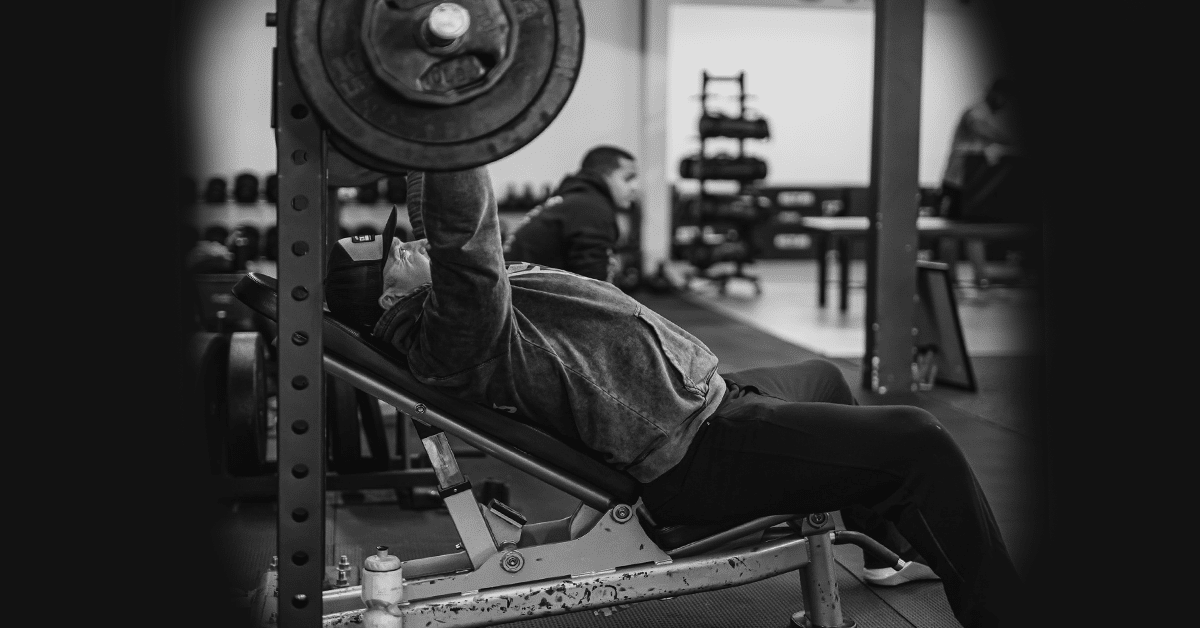

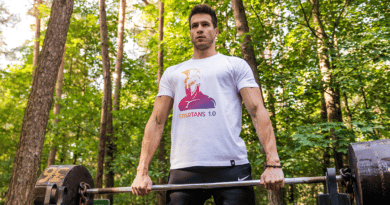
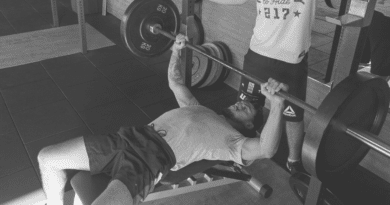
Pingback: Jim Wendler Quotes and 5/3/1 Training Tips - Outdoor Fitness Society
Pingback: Decline Barbell Bench Press Best Guide: Benefits, Muscles Worked and Technique Tips - Outdoor Fitness Society
Pingback: Barbell Bench Press Best Guide: Benefits, Muscles Worked and Technique Tips - Outdoor Fitness Society